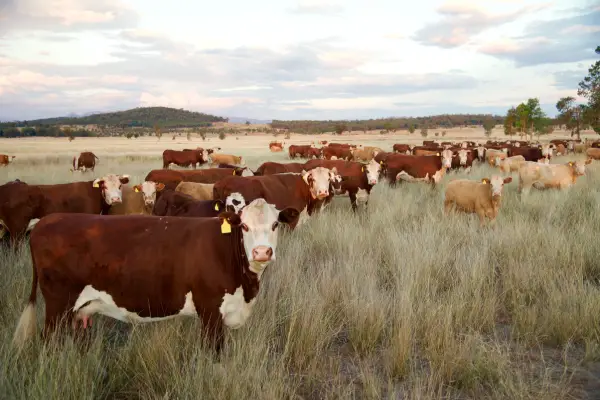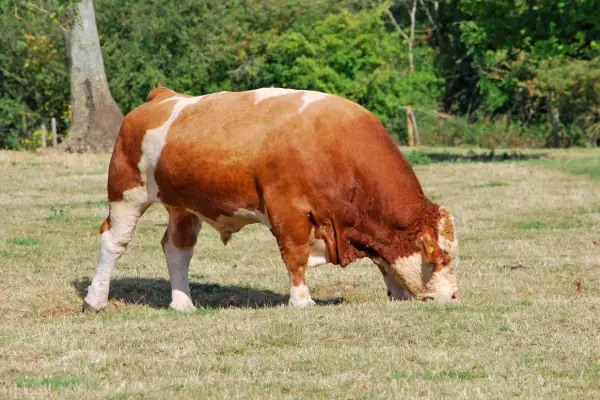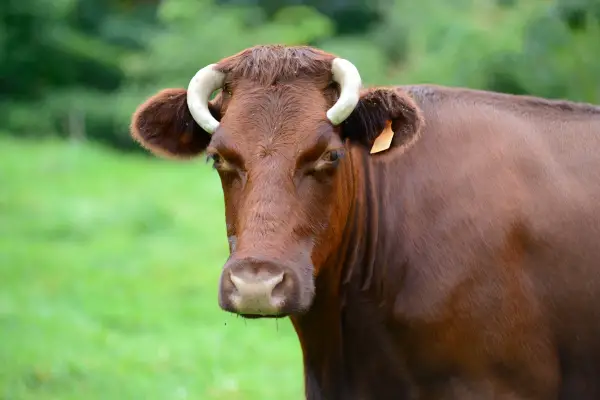Choosing the Right Cattle Breed for Your Farm
Deciding on the right cattle breed for your farm is one of the most important decisions you’ll make as a farmer or rancher. The breed you select can impact everything from the quality and quantity of milk or beef you produce, to the ease of calving and temperament of the animals.
In this blog post guide, we will examine and cover key factors to consider when choosing breeds for dairy and beef cattle along with overviews of some of the most popular breeds.
Before Choosing The Breed:
When choosing a cattle breed, start by considering your goals – do you want to produce and sell high quality beef or dairy products? If your focus is beef, consider growth rate to market weight and calving ease. For dairy, milk yield and components like protein and fat content are key traits.
You’ll also want to factor in climate and feed resources in your area. English breeds like Angus do well on forage and work for cooler climates, while Bos indicus breeds like Brahman tolerate heat and sparse pastures better. Another consideration is breed temperament – some are more docile than others.
No breed is perfect – they all have strengths and weaknesses you’ll want to explore fully before selecting your herd’s breed makeup. Crossbreeding can offer hybrid vigor while focusing on the traits you find most valuable. Read on as we dive deeper into some of the most common beef and dairy cattle breeds.
Best Breeds for Beef Production
1. Angus
Black Angus are naturally polled (hornless) cattle known for producing high quality, well-marbled beef. They are relatively small-framed and adapt well to varied climates and terrain, from the grasslands of their native Scotland to regions worldwide.
Production: Angus cattle are known for their efficient, high-quality beef production. They produce heavily marbled carcasses with excellent taste and tenderness. Average carcass weights range from 600-800 lbs.
Pros: Excellent marbling and meat quality, good maternal instincts, hornless, adaptable to varied environments
Cons: Smaller frame size limits fast growth rate compared to continental breeds, less lean meat yield

2. Hereford
Originally from England’s grasslands, Herefords are hardy grazing cattle recognized by their red bodies and white faces. These cattle efficiently convert grass to beef, grow quickly and have good carcass yield.
Production: Herefords are efficient grazers, with steers reaching 1,100-1,500 lb slaughter weights. Carcass yield averages 61-64%.
Pros: Hardy grazing ability, calving ease, good temperament, high fertility rates
Cons: slower maturity rate compared to continental breeds, less lean muscle growth potential
3. Charolais
This large white breed originates from France and offers excellent growth, lean carcass yield, and high quality beef from efficient grass conversion. Though fast-growing, calving difficulty can be a concern.
Production: Charolais are large cattle reaching 1,550-2,000 lb slaughter weights. Carcass yield is good at 63-65%.
Pros: Very high growth rate, excellent muscle conformation and lean yield, good grazing efficiency
Cons: Calving difficulties common, carcasses can be less well-marbled, high-maintenance nutritional needs
4. Simmental
Originally a Swiss dairy/draft breed, Simmentals are now a leading beef breed globally. They are large-framed, muscular cattle praised for calving ease, good milk production and high weaning weights – excellent for crossing with British breeds.
Production: Large Simmental steers can exceed 2,000 lb slaughter weights with good dressing percentage. High milk production also boosts calf weaning weights.
Pros: High growth rate, calving ease for heifers, very high milk and weaning weight production as a maternal breed
Cons: Can lack marbling compared to British breeds, larger size increases mature cow maintenance feed requirements

Best Breeds for Dairy Production
1. Milking Shorthorn
As their name suggests, Shorthorns produce high milk yields despite their relatively small size. Originally from England, they adapt well to varied conditions and are known as docile, hardy producers of quality milk.
Production: Average annual milk yield is 18,000 pounds with 4% fat and 3% protein content. Lactation length averages 305 days.
Pros: Longevity, fertility, calving ease, higher component milk, thrifty maintenance needs
Cons: Lower total milk production than top dairy breeds, less uniform genetics in some bloodline

2. Ayrshire
Another sturdy breed from Scotland, Ayrshires calve easily and are efficient grazers. Their high quality milk is ideal for cheese and butter with decent protein and fat percentages.
Production: Ayrshire milk yield averages 15,000-20,000 pounds annually at 4% butterfat and 3.4% protein. Cows produce well for several lactations.
Pros: Grazing efficiency, longevity, fertility, calving ease, quality components for cheese/butter
Cons: Moderate milk production limits per cow output for very large operations
3. Gelbvieh
A dual purpose breed hailing from Germany, Gelbviehs make good milk producers as well as beef cattle. Cows calve easily and wean heavy calves that grow well on grass.
Production: Gelbvieh milk 16,000-23,000 pounds annually with above average protein and fat percentages. Many females still used as beef producers.
Pros: Fertility, calving ease, mothering ability for calves, herd health and longevity
Cons: Total milk output lower than top dairy breeds, less uniform as mainly a beef breed
Conclusion
Selecting cattle breeds suited to your climate, facilities, goals and management style is key to success on your farm. Consider growth, milk production, fertility, temperament and more when choosing breeds.
No one breed excels across all traits – identify what’s most important for your herd as you research your options. Reach out to local farmers, breed associations and your agricultural extension office to narrow down breeds likely to complement your operation. With some thoughtful planning upfront, you’ll be set up for many productive years raising healthy, profitable cattle.


